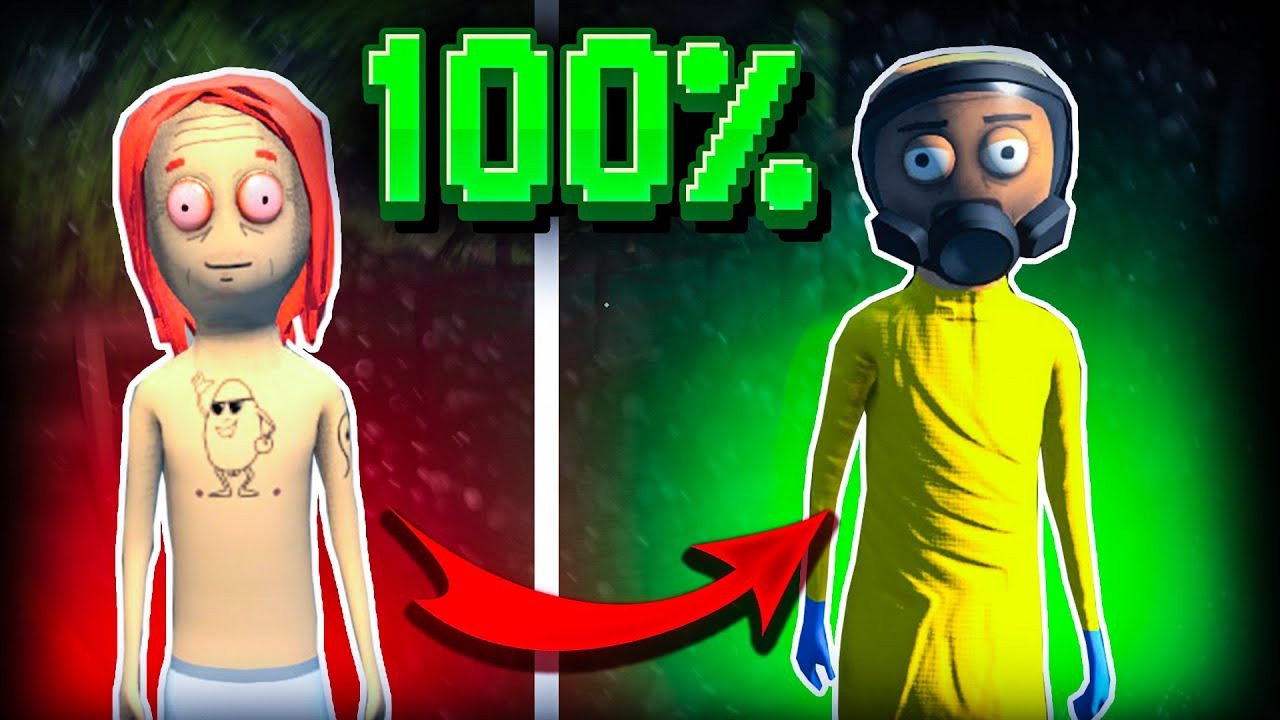
Schedule I
All trademarks belong to their respective owners.Key Characteristics of Schedule I Drugs:
- High Potential for Abuse: These substances are deemed to have the highest likelihood of leading to psychological or physical dependence, and often have a significant impact on public health and safety.
- No Accepted Medical Use: Under federal law in the U.S., Schedule I substances lack any recognized medical utility. This is a crucial distinguishing factor from other schedules.
- Lack of Accepted Safety for Use under Medical Supervision: Even if a substance could theoretically have a medical application, if it is not deemed safe for use under professional medical guidance, it may be classified as Schedule I.

Common Examples of Schedule I Drugs:
- Heroin: A highly addictive opioid.
- Lysergic Acid Diethylamide (LSD): A potent hallucinogenic drug.
- Marijuana (Cannabis): Despite being legalized for medical and/or recreational use in many U.S. states, it remains a Schedule I controlled substance at the federal level, a point of significant ongoing controversy and debate.
- 3,4-Methylenedioxymethamphetamine (MDMA or Ecstasy): A synthetic drug that alters mood and perception. While research is exploring its potential therapeutic uses, it remains Schedule I.
- Peyote: A small, spineless cactus containing the psychedelic alkaloid mescaline.
- Methaqualone (Quaaludes): A sedative-hypnotic drug that was once prescribed but is now a Schedule I substance due to its high abuse potential.

Implications of Schedule I Classification:
The classification of a substance as Schedule I has significant implications, including:
- Legal Restrictions: Strict federal penalties apply to the manufacture, distribution, and possession of Schedule I substances.
- Research Challenges: Due to their Schedule I status, conducting research on these substances, even for potential medical benefits, is extremely challenging and requires extensive regulatory hurdles and special licenses. This is a major point of contention, particularly for substances like marijuana and MDMA, where promising research into therapeutic applications is hampered by their classification.
- Public Perception: The classification reinforces a perception of extreme danger and lack of legitimate use, which can influence public health messaging and policy.








